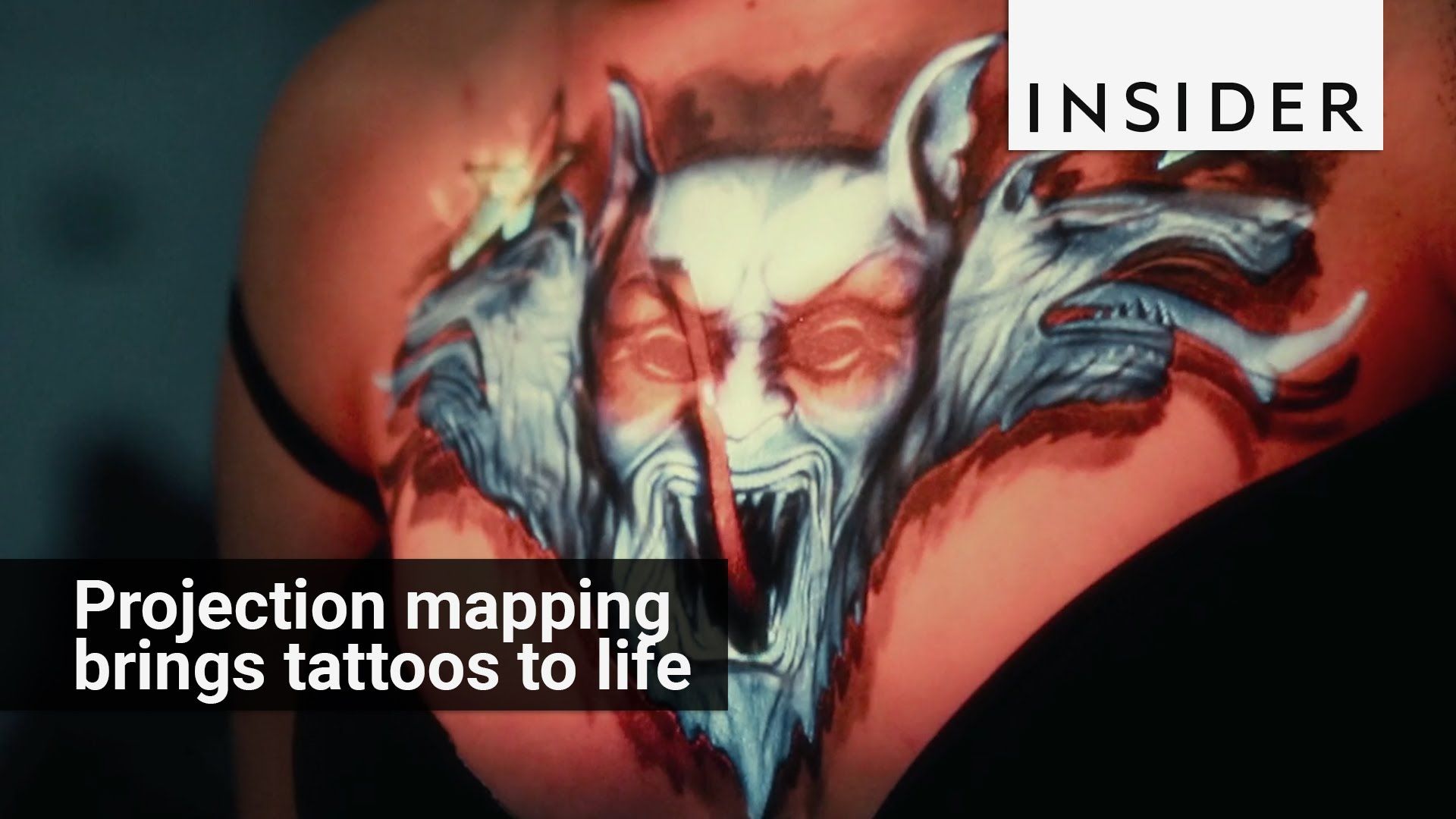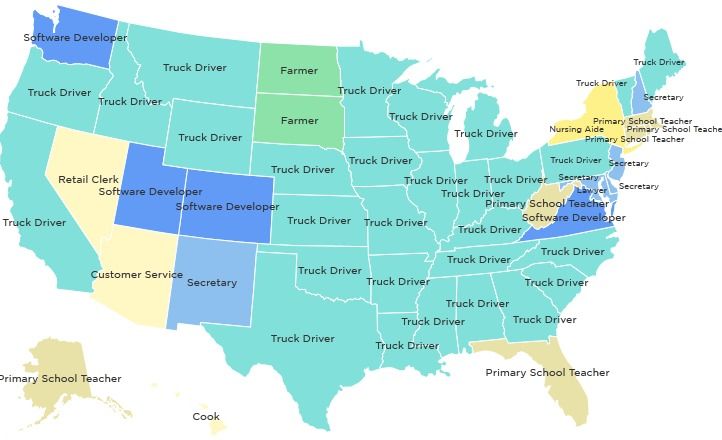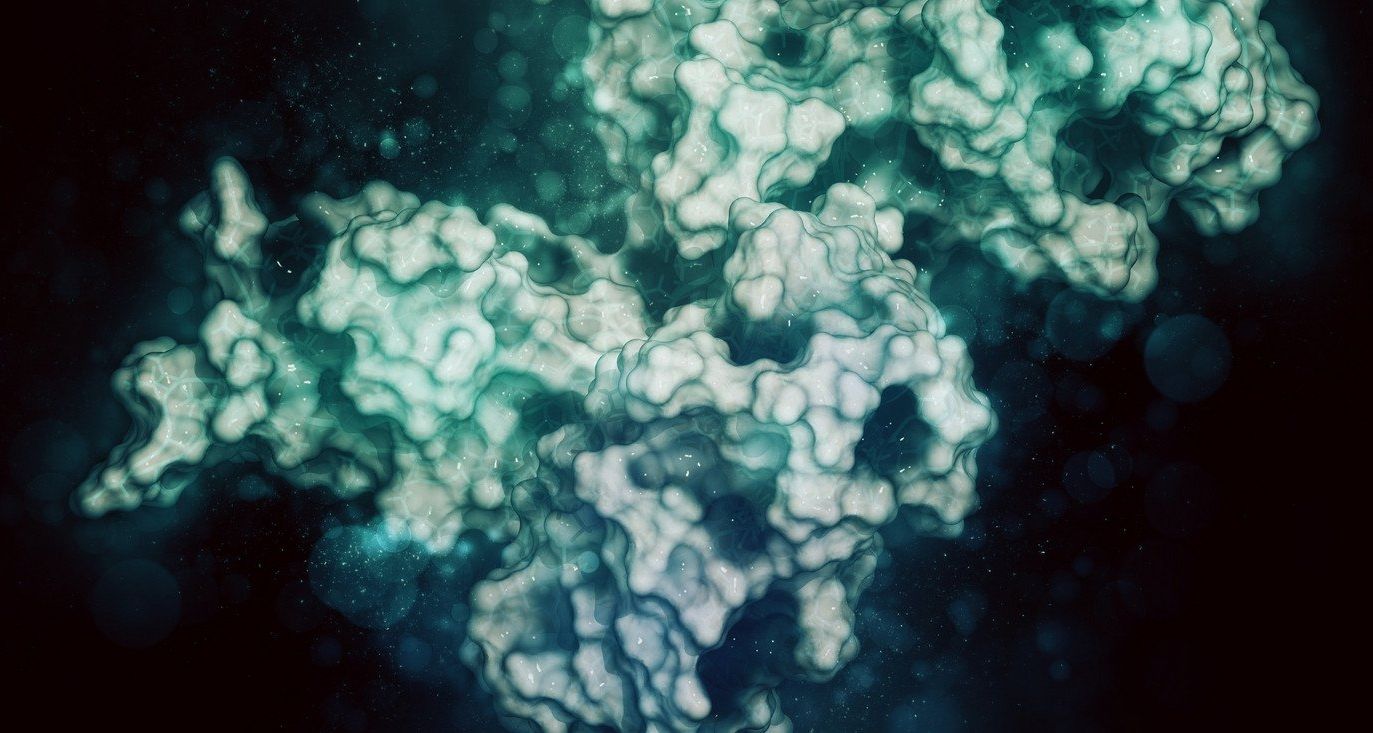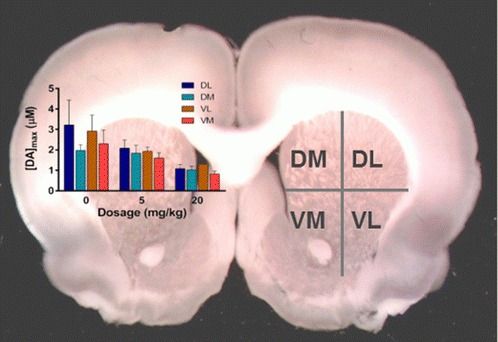Page 11107
Can’t wait to share with my artists and designer friends.
This pen draws in 3D. It’s called the Lix.
Capitalism, at least as we know it, will probably not survive through the next decade. UBI might delay it, but the outcome is inevitable.
Submitted by Paul Rosenberg via FreemansPerspective.com,
It’s really just a matter of time; the working man’s deal with his overseers is half dead already. But there’s still inertia in the system, and even the losers are keeping the faith. Hope dies slowly, after all.
May 26, 2016
A computer that uses 8-inch floppy disks “coordinates the operational functions“ for nuclear forces
Posted by Amnon H. Eden in categories: cybercrime/malcode, government
America’s Department of Defense (DOD) “coordinates the operational functions of the United States’ nuclear forces with a 1970s computer system that uses 8-inch floppy disks” says a report by the United States Government Accountability Office.
On January 13, US President Barack Obama, speaking at the National Cybersecurity and Communications Integration Center (NCCIC), addressed the issue of cybersecurity, one day after the official Twitter account for the US Central Command (Centcom) was hacked by supporters of the Islamic State.
May 25, 2016
Augmented Reality Visor Lets Firefighters See Through The Smoke
Posted by Karen Hurst in category: augmented reality
May 25, 2016
Scientists Unearth Key Evolutionary Link in Proteins
Posted by Karen Hurst in category: evolution
Researchers recently made an important discovery in protein science that will advance our understanding of the inner workings of cells. In an article published in Scientific Reports, the team said they found a critical evolutionary link between a protein’s structure and its function.
Like tiny molecular machines, proteins handle a variety of functions from transporting chemicals to breaking food down into nutrients. The vast range of protein function is possible because of their unique gene-encoded sequence of amino acids, which affects the three-dimensional shape that folded protein chains adopt.
To better understand them, researchers have sequenced and resolved a huge number of protein structures. Currently, the Protein Data Bank includes 110,000+ structures—far more than the number with known functions. Powerful bioinformatics tools assist in making correlations between the shape and purpose of a protein, but what’s been missing is a direct structure-function link, tantamount to a Rosetta stone-like key.
Continue reading “Scientists Unearth Key Evolutionary Link in Proteins” »
May 25, 2016
Investigating how ‘chemo brain’ develops in cancer patients
Posted by Karen Hurst in categories: biotech/medical, neuroscience
Interesting read on Chemo’s impact on the brain and brain functioning known as Chemo Brain.
During and after chemotherapy, many cancer patients describe feeling a mental fog, a condition that has been dubbed “chemo brain.” Why this happens is unclear, but researchers have found a new clue to understanding this syndrome. A study in the journal ACS Chemical Neuroscience reports that chemotherapy in rats affects their chemical messengers dopamine and serotonin, which are associated with cognition.
May 25, 2016
Bangladesh baby’s skull is the size of a football because of excess fluid
Posted by Karen Hurst in category: biotech/medical

Purely tragic. Hopefully, doctors without borders or experts can assist this child.
A baby boy’s head has swollen to more than three times its normal size due to a medical condition.
Continue reading “Bangladesh baby’s skull is the size of a football because of excess fluid” »
Nice.
Emma Yasinski is a scientific writer at Max Planck Florida Institute for Neuroscience. Correspondence should be directed to Ryohei Yasuda, Ph.D. ([email protected]), scientific director, Max Planck Florida Institute for Neuroscience.
To enjoy more articles like this from GEN, click here to subscribe now!
May 25, 2016
Poverty marks a gene, predicting depression
Posted by Karen Hurst in categories: biological, genetics, neuroscience
Not surprised;
A long line of research links poverty and depression. Now, a study by Duke University scientists shows how biology might underlie the depression experienced by high-risk adolescents whose families are socio-economically disadvantaged.
The study, published May 24, 2016 in the journal Molecular Psychiatry, combined genetics, brain imaging and behavioral data gathered as adolescents were followed for more than three years as part of a larger study.
Continue reading “Poverty marks a gene, predicting depression” »

















